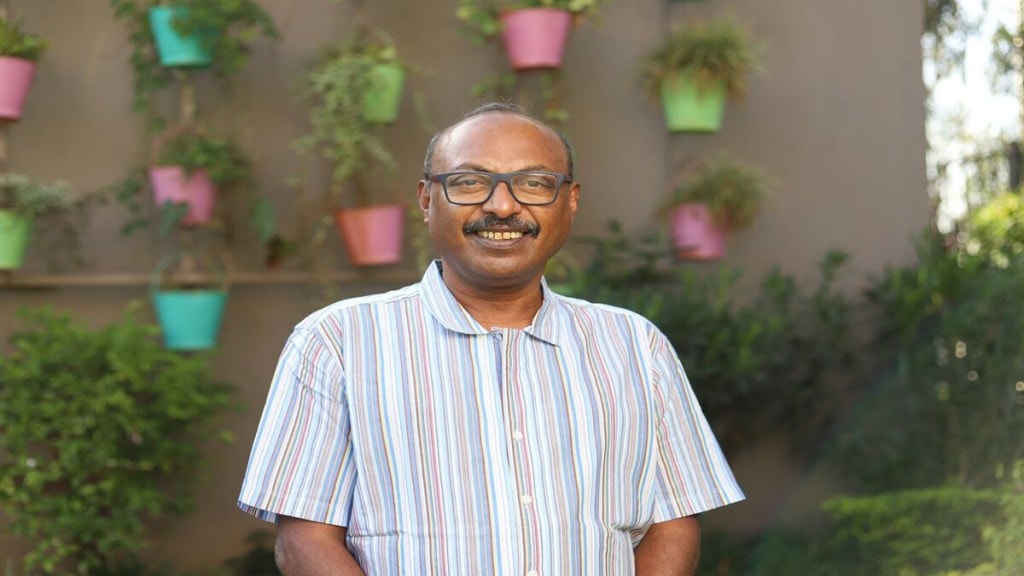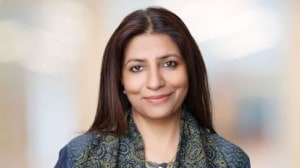Abortion is legal in India, however, its landscape is complex in the country. India’s abortion rate, at 47 per 1000 women aged 15-44 is higher than the global average of 39, according to the 2018 Lancet Global Health report.
On International Safe Abortion Day on 28 September 2022, the Supreme Court of India extended the right to legal abortion to 20 weeks’ gestation for all women and to 24 weeks’ gestation under special circumstances. However, access and awareness of abortion rights continue to be a challenge.
Recently, Ipas Development Foundation (IDF) released a first-of-a-kind survey that delves into public opinions on the legal right to abortion in India. The survey reveals significant variations in attitudes and comfort levels across different demographics, offering a comprehensive and nuanced understanding of this critical issue.
The survey revealed that only 29 percent of respondents believe women should be the primary decision-makers for abortion. There is a need for interventions in favour of gender equality and bodily autonomy.
In an e-mail interaction with Financial Express.com, Vinoj Manning, CEO, Ipas Development Foundation (IDF) highlighted various pertinent aspects of the status of abortion in India and the urgent need for targeted educational efforts to sensitize the public about abortion rights, particularly in less-educated communities. Excerpts:
What is the current status of safe abortion in India?
Let me start with a short answer and then elaborate – safe, respectful, non-judgemental abortion is not easily available in India. And this is a very sad dichotomy. We have a 50-year-old liberal abortion law that has undergone major amendments twice to keep pace with the changing times. It’s not a perfect piece of legislation but it is better than around 70 percent of other countries and has the potential to increase access to safe and legal abortions even for those living in remote areas. However, access to legal abortions remains highly compromised; and a big reason for that is the stigma around it – among providers, among influencers, among community, and most of all among women themselves. This has actually led to women taking abortions in their own hands – today of the 15.6 million abortions every year in India, over 70% are taking place outside of the formal health system setting. So, the abortion context in India is complex – people need abortion, they want abortion to be legal, but somehow they don’t want to normalize it and they don’t want to give complete autonomy to the person undergoing the abortion.
What are the current challenges with respect to affordability and accessibility of safe abortion?
If we are to break it down – abortion like any other service follows a supply and demand principle that directly impacts its affordability and accessibility. In the case of abortion, supply is impacted by challenges of lack of trained providers since the law allows only allopathic doctors with a certain education (Obgyns) or with a certain training to offer legal abortions. Data says that most trained abortion providers are concentrated in urban areas. The public sector that is supposed to offer free of cost services does not have enough providers trained in comprehensive abortion care. Demand for safe abortion is impacted by lack of knowledge and awareness about the legality, safety and availability of abortion services. To top it all, abortion faces the big challenge of societal taboo and stigma where you are judged for having an unwanted pregnancy – this further pushes it away making it inaccessible and forcing many women to resort to secretive, often unsafe abortions.
What is India’s position with respect to awareness of safe abortion? What more needs to be done?
Our data says that only 1 in 3 people know that abortion is legal in India. Despite abortion being legal in India for the last 50 years, awareness about legality, safety and availability of abortion is quite low. Back in 2014, we worked with the national government to launch India’s first mass media campaign on safe abortions; we work with various state governments to ensure that information and educational materials on abortion are updated and circulated; we reach out to rural communities to increase awareness on safe abortion. However, we know that more and more people are now relying on digital media for information and while there is much information available, it is not always correct – women are seeking credible sources of information and there is a need to create those platforms. While at a larger level, there is a need to increase knowledge about overall sexual and reproductive health and rights, and legality and safety of abortion, most importantly normalize abortion as a reproductive health service; at an individual level there is a big need to ensure that credible, simple, need-based platforms are available to support those seeking information and/or care – these could increasingly be in the form of chatbots or helplines given the popularity of these mediums.
What were some of the key findings of this report? What are the key problem areas that were identified?
The report reveals some interesting perspectives – there exists a strong support for abortion with the majority 72% saying that abortion should be allowed in the country. Education plays a key role in shaping abortion views. Even basic education increases acceptance and comfort levels. Women are more supportive of abortion rights for the unmarried and are more comfortable discussing it compared to men. It is quite telling that while younger adults (18-24 years) are more accepting of abortion in general, they are conservative when it comes to abortion access for unmarried people, they are also less comfortable discussing abortions. A very interesting finding is that despite a majority supporting abortion rights, only a small percentage (29% ) believe that women should be the sole decision-makers – a potential influence of deeply embedded patriarchal societal norms and expectations regarding gender roles.
And this is a key problem area at multiple levels – at a conceptual level when we think of rights, at a service provision level because providers therefore want the partner or husband to show consent for the abortion, at a care seeking level because women are always made to feel that there is a need to hide an abortion. Related to this are aspects of less support for the unmarried, and the discomfort that especially the younger generation seems to feel when it comes to discussing it.
How will these findings contribute to sensitising the public about abortion rights, particularly in less-educated communities? What are your upcoming plans?
These findings have given us good leads on areas to touch upon in our community work. Some of these are not new – we have always known that women’s autonomy is an issue, we have known that there is always less support for the unmarried. But what we had assumed was that the younger generation would be more supportive, more open – that is not the case. We need to find easier ways to change attitudes and to normalize abortions in communities. Based on the findings of this report, we are hoping to pivot some of our efforts to work with community leaders, strengthen partnerships at the ground level, involve men and basically find ways to make abortion a topic that is easier to discuss. We believe that will be a big step towards normalization, reproductive health, and justice.
Anything else that you would like to add?
We know that abortion is a complex issue, but we also know that it is one that is essential to discuss and work towards – from a health and rights perspective. Over one and half crore abortions take place in India every year – they don’t need to be swept under the carpet. With advanced medical technology, with increased access to digital information, the abortion context across the world and in India is changing. We need to talk about abortions in this evolving context and need to improve the experience of every person undergoing an abortion.








